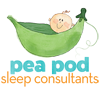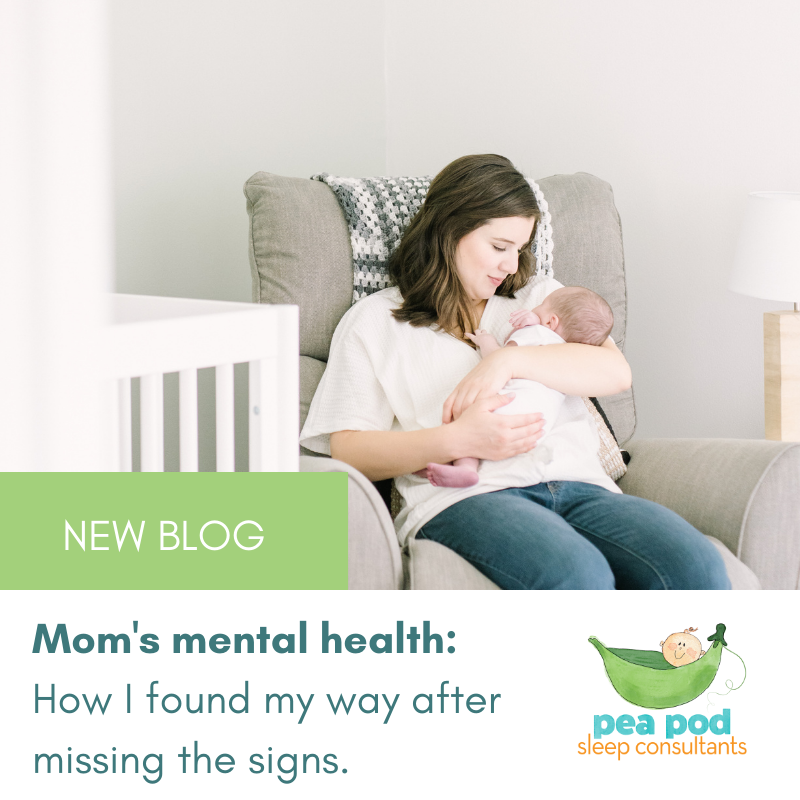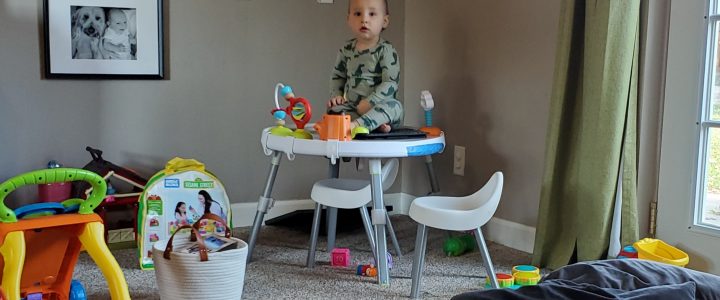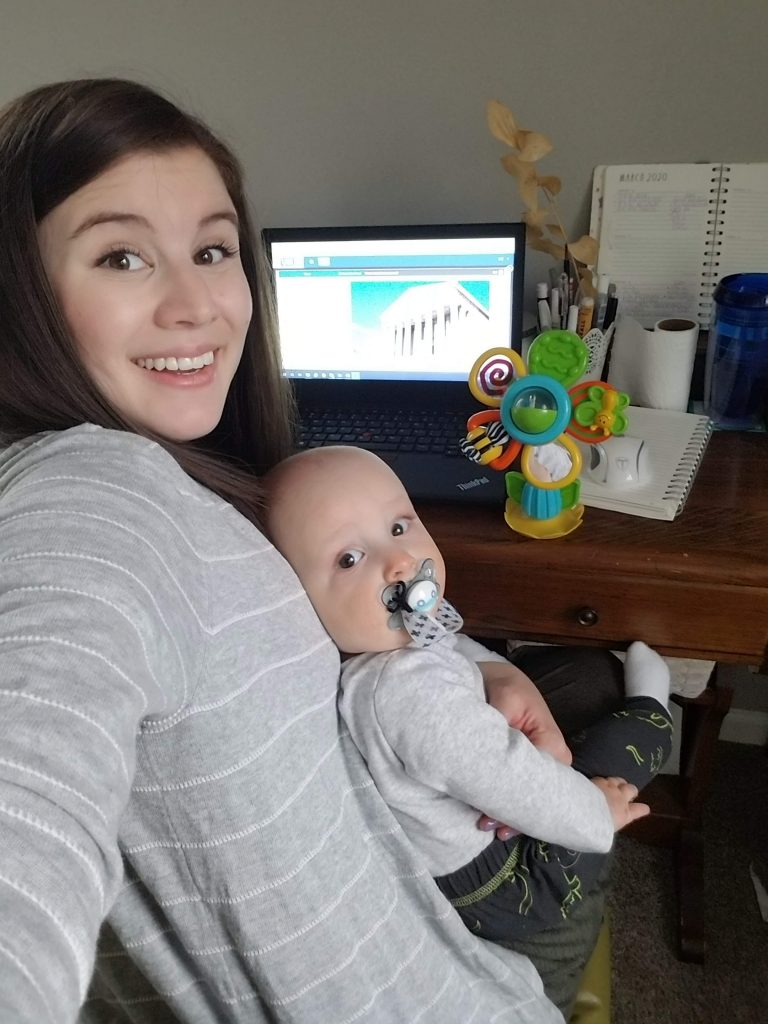A mom walks into a campground- and runs out screaming 12 hours later.
That was almost me. Because I went camping with my baby. But, before you say you’ll never make the same mistake, this is a story with a happy ending!
A good idea, maybe
In the summer of social distancing, we decided camping felt safe enough for our little crew to have a weekend getaway camping with my in-laws.
My one-year-old is a happy camper. He’s never actually camped, but my easy-going kid loves nature. Camping fits his interests perfectly. Except for the fact that he sleeps best in complete darkness, at a crisp 68-72 degrees with the sound of ocean waves washing over him.
He’s a dream sleeper at home. We didn’t know how he’d do in a camper on a hot July weekend.
Day One
We timed the drive perfectly. Get him in his carseat right at naptime, he’ll sleep the first two hours, wake up, have a snack then become a camper.
Nope.
Thirty minutes in his eyes popped open to watch the cars and trucks buzz by. The next two hours consisted of 10 minute naps.
Nap one was a bust. But, there’s hope yet!
Lunch, play, nap two.
We put his Pack ‘n’ Play in the camper, zipped him into his sleep sack, gave him his lovey and turned on the waves. He went out without a problem.
Snack, play, dinner… bedtime routine. And this is the part where mommy almost ran away.
My happy bathtime baby did not care for an inch of water at the bottom of the camper shower. Screaming. He didn’t want his bottle. More screaming and some wriggling. Reading was acceptable. Going to bed was not.
While I’m pretty powerful, if I do say so myself, I do not control the air temperature or sunset. So getting my son to lay down behind a sheet in the hot camper to try to block out light didn’t go well. He could tell it was still daytime- his favorite word is ‘go’ and that’s what he wanted to do- and he was H-O-T.
We fought him to sleep for HOURS. We sat in the air-conditioned car for bottle and stories. We swung in the hammock as the last light blue disappeared into the darkness. He fell asleep, but as soon as his head hit the Pack ‘n’ Play inside he was reminded he was in a weird place with weird light and too much humidity.
My husband and I didn’t know what to do. We followed all of Joan’s key sleep principles at home- cool, dark room, white noise, sleep sack, lovey. Luckily, we had parenting and camping professionals with us.
Here’s what we as first-time parents didn’t realize. You adapt and survive. So, my husband and father-in-law loaded my sad buddy into his car seat and drove. About an hour later, they brought back my cooled-off, snoozing dude and he went into his bed just fine.
He woke me up in the morning by pulling up on the side of his bed and giving me a smoochie.
Day Two
My husband and I woke up ready to call it quits on camping with baby. But, he’s more patient than I am and decided let’s get through nap one. And not take any chances that it’d be a good one.
The guys loaded up the baby again- committed to driving up and down the Door County peninsula for two hours of a solid baby nap.
It worked!
A solid morning nap led into a solid afternoon nap. A happy, splashing baby in between.
At bedtime, we had learned some lessons. First- since we couldn’t control the light, we didn’t. We pushed back bedtime until the night sky darkened. In the meantime, we did everything we could to keep the camper cool. We did most of his bedtime routine outside where the breeze could do the work for us. He and I snuggled in the big bed next to his Pack ‘n’ Play by ourselves for his bottle- him in his sleep sack ready for bed. The calm and quiet seemed to help. I reminded him mommy was still here behind the sheet.
We became happy campers
We ended up happy campers because we stopped trying to control the things we couldn’t. Sleep at home and sleep anywhere else are different. And we had to accept that.
Sure, driving our bud around at home isn’t sustainable. But, if that’s how we escape quarantine for two nights it’s fine. A late bedtime isn’t ideal, but if it saves a fight it’s fine. Letting go of my sleep anxiety really was fine since it meant I got to experience the joys of camping with my baby.
And next time, I might consider a battery-powered fan and/or this nifty invention to give buddy a private, dark space.





